SOLAR PANEL
10KW
Best For Medium Homes
$5,999*
get a quote
Submit the form below, our expert will contact with you shortly!
10kW Solar System
If you’ve been thinking about going solar in Australia, chances are you’ve come across the 10KW solar system more than once. It’s become a bit of a sweet spot for households with medium to high electricity usage — big enough to make a dent in your power bills, but not too crazy like those 20KW+ commercial setups.
But before you go ringing up installers or dreaming of $0 power bills, let’s break it down properly. What does a 10KW system actually give you? Is it too much for your home? And what’s the real cost once you factor everything in?
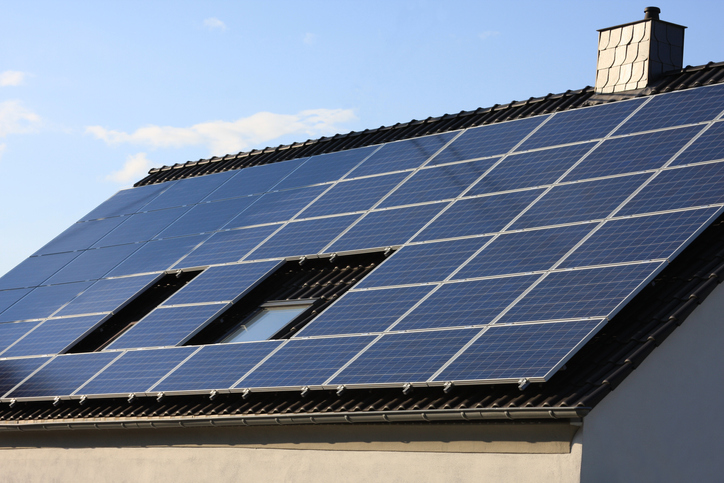
Discover The Best Solar Panel System For Your Home And Business
6.6KW
Solar System
Just right for most family homes
$
3,999
*
Small Home
- Tier 1 Solar Module
- 5kW Power Inverter
- 6,600w Tier 1 Panels
- High Efficiency Solar Module
10KW
Solar System
Medium homes and small business
$
5,599
*
Medium Home
- Tier 1 Solar Module
- 8kW Power Inverter
- 10,300w Tier 1 Panels
- High Efficiency Solar Module
13KW
Solar System
Larger homes and small businesses
$
7,599
*
Big Family Home
- Tier 1 Solar Module
- 10kW Power Inverter
- 13,200w Tier 1 Panels
- High Efficiency Solar Module
30KW
Solar System
small offices and retail stores
$
12,599
*
Big Family Home
- Tier 1 Solar Module
- 30kW Power Inverter
- 30,000w Tier 1 Panels
- High Efficiency Solar Module
40KW
Solar System
Best for large shops and clinics
$
16,599
*
Medium Industrial
- Tier 1 Solar Module
- 40kW Power Inverter
- 40,000w Tier 1 Panels
- High Efficiency Solar Module
50KW
Solar System
warehouses and mid-size business
$
19,599
*
Huge Commercial
- Tier 1 Solar Module
- 50kW Power Inverter
- 50,000w Tier 1 Panels
- High Efficiency Solar Module
*Performance data is based on CEC guidelines and may differ depending on your location. For personalized advice on your solar requirements and potential savings, please consult with an Aussie Solar Installation expert.
Is a 10KW solar system right for your home?
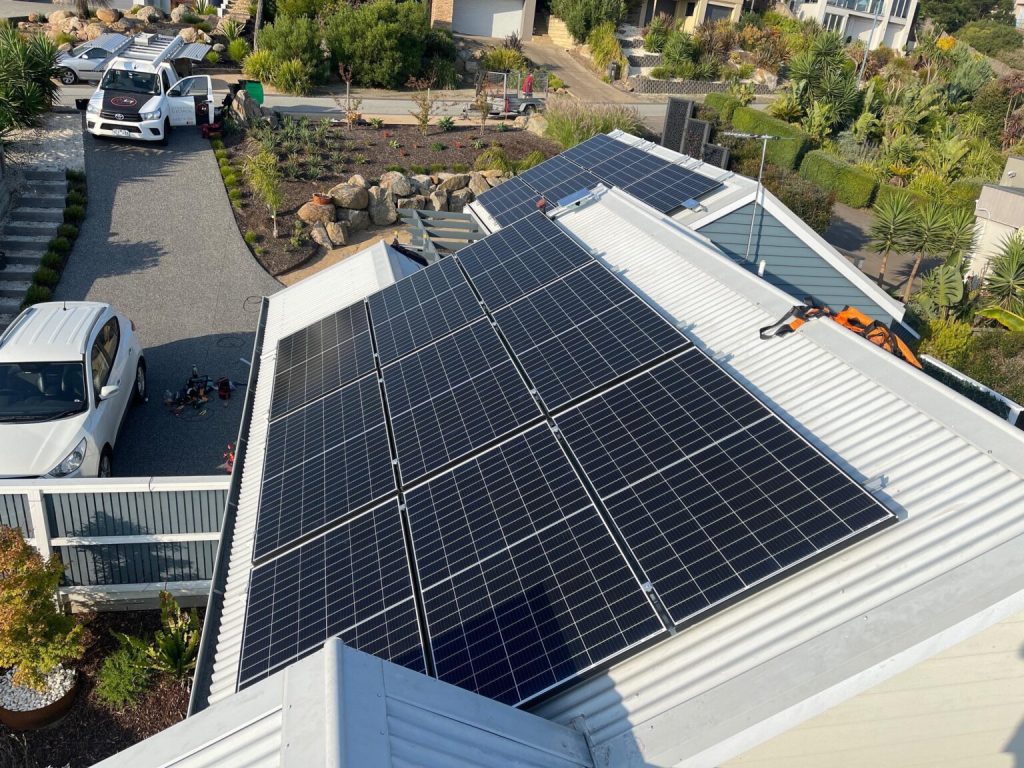
A lot of Aussies wonder if they really need this much power — and honestly, it depends. If you’ve got a family of 4–5, maybe running two fridges, using a washing machine almost daily, and someone’s always watching Netflix, then yep — a 10KW system could make a lot of sense. Additionally, if you plan to purchase an EV in the near future or already own one, this size can support overnight charging through battery storage.
But if you’re a single person or a couple working most days, you might not even use half the energy this system produces — especially during the day when the sun’s doing all the work.
How many panels do you actually need for 10KW?
Most solar panels these days are around 400W to 500W each. So to hit 10,000 watts (aka 10KW), you’d need roughly:
- 20 to 25 panels, depending on wattage
That means your roof needs to have around 40–50 square metres of usable space — preferably north-facing if you want the best output, though east-west layouts still work well.
Pro tip: Some folks split the system across east and west to spread out production across the day, especially if they’re not home during mid-day peak.
How much electricity does a 10KW system produce?
Now, this part really depends on where in Australia you live.
On average, a 10KW solar system will generate around:
- 35–45 kWh per day in most metro areas (like Sydney, Brisbane, Perth)
- Less during winter, more in summer
So monthly, you’re looking at somewhere between 1,000 to 1,300 kWh — that’s a lot of juice. If your household uses around 800–1000 kWh per month, this system might actually overproduce some days, which means you’ll be feeding power back to the grid (and hopefully earning some feed-in tariff credit).
How much energy does a 10kW solar system produce daily?
In most parts of Australia, a 10kW solar system generates around 35–45 kWh per day, depending on location, panel orientation, and sunlight hours.
For example:
Brisbane: ~40–44 kWh/day
Sydney: ~37–41 kWh/day
Melbourne: ~33–38 kWh/day
That’s enough to power a typical family home with appliances, lighting, and even a small EV charger — if managed well.
Can you go fully off-grid with a 10KW system?
You might be surprised, but just having a 10KW solar system doesn’t mean you can ditch the grid — not unless you add a serious battery setup.A basic 10KW system + no battery = daytime power only
If you want full independence, you’d need:
- At least 10–15kWh of battery storage (like Tesla Powerwall or Sungrow)
- Backup inverter
- Smart switching
But that adds $10,000–$20,000 more to the total bill.
So yes, it’s possible — but not cheap.
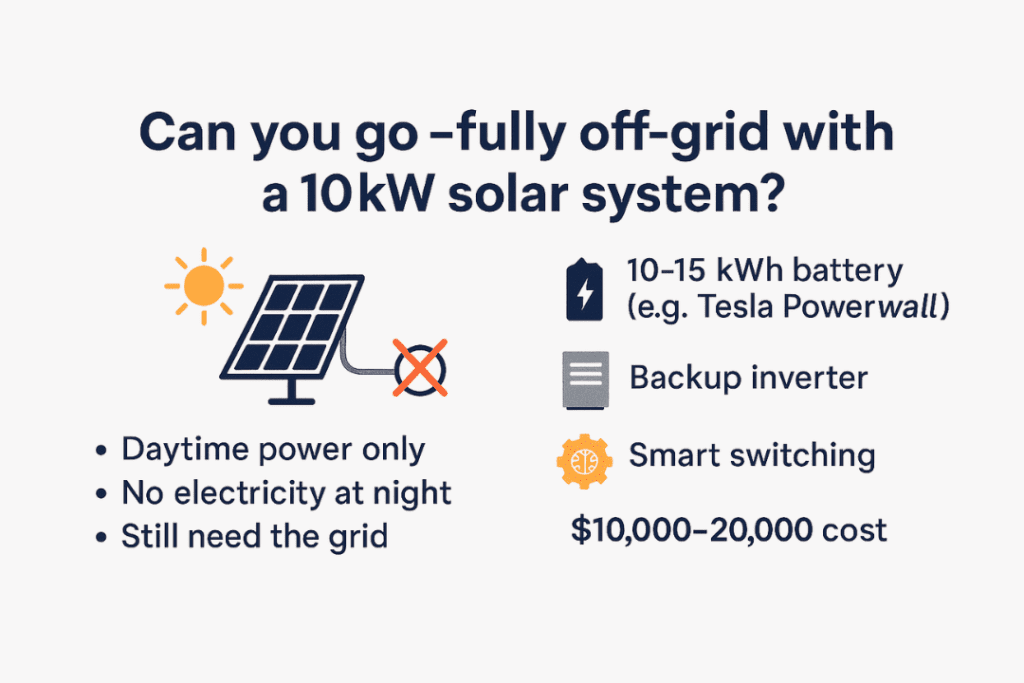
What’s the payback period for 10KW solar?
Most Aussies find that a 10KW solar system pays for itself in 4–6 years, depending on:
- How much electricity you use during the day
- Your feed-in tariff rate (varies by provider/state)
- Whether you got any rebates
Let’s say your electricity bill is around $350/month, and your solar cuts that in half or more — you’d be saving $150–$200/month. That’s $1,800–$2,400 per year in savings.
So in 5 years, that’s $10K+ easily recouped.
How much does a 10KW solar system cost in Australia?
Alright, the million-dollar question — or more like the six-thousand-dollar one.As of mid-2025, you’ll find that 10KW solar system prices usually start from around A$5,999 for basic panel + inverter packages. If you go for better quality gear (like Fronius inverter or REC/SunPower panels), you’re easily looking at A$7,000–$9,000+.
Now add installation to that, which can vary between A$1,000 to A$3,000, depending on:
- Roof type (tile vs tin)
- How steep or high your roof is
- Whether you need extra switchboard upgrades
Roof space required for an 8 kW solar system
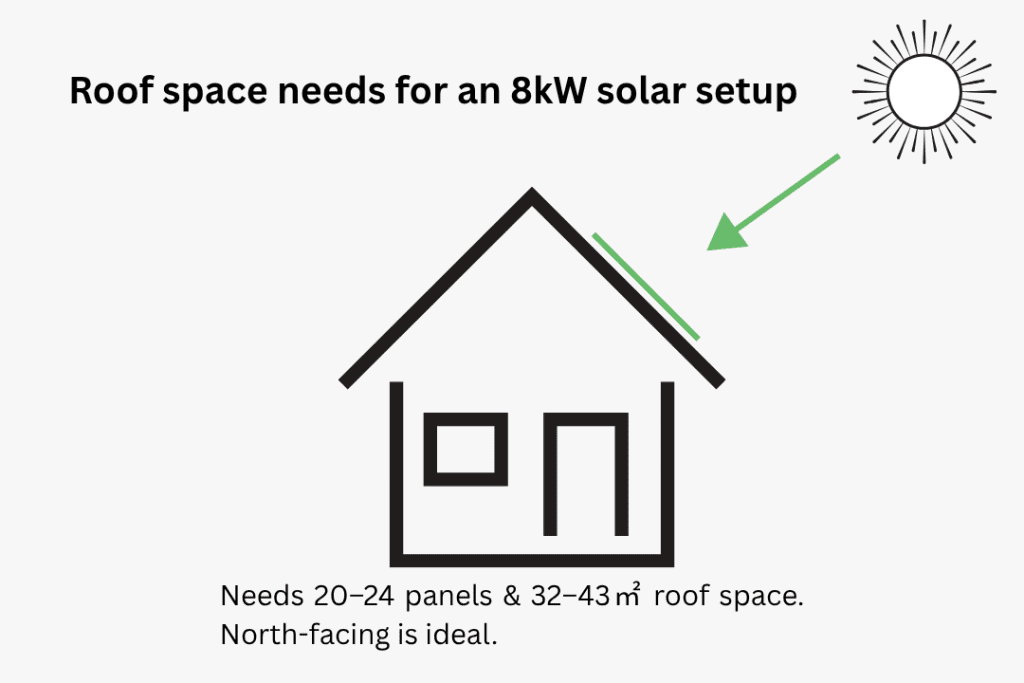
If you’re planning an 8 kW solar system, one of the first things you’ll want to figure out is whether your roof has enough space for all those panels. Typically, solar panels take up about 1.6 to 1.8 square metres each, depending on the brand and wattage.
For an 8 kW system, most Aussie homes would need around 20 to 24 panels, which means you’re looking at roughly 32 to 43 m² of usable roof area. But keep in mind — this estimate includes space between panels, safety clearances, and some room for the installer to actually move around.
Government-backed sources Clean Energy Council, also suggest that roof orientation and shading play a massive role in how much actual space you’ll need.
Government rebates and solar incentives
Yes, they’re still around — though not as juicy as they once were.
In most states, a 10KW system will get you around $3,000–$4,000 off upfront, thanks to STCs (Small-scale Technology Certificates). This discount is usually already factored into the advertised price.
Some states like Victoria and South Australia offer extra:
- VIC: Solar Panel Rebate + interest-free loan
- SA: Battery subsidy (under certain conditions)
Just don’t wait too long — these things change every year
Things Aussies wish they knew before installing solar
Let’s be real — not everything goes smooth. Some real-life feedback from solar users:
- I didn’t realise how much shade affects output.
- I should’ve added a battery when rebates were better.
- Didn’t check the inverter placement, and now it’s noisy in my hallway.
- My feed-in tariff dropped and I’m earning less from exports now.
Moral of the story? Do your homework. Talk to a few different installers. And think a few years ahead — not just what looks cheapest today.
Why Choose Able Solar Installation For Solar Panels?

Reduced Electricity Bills
Prices for electricity in Australia keep going up. With a combination of a commercial solar system and your business, you can make your own power, which will save you a lot of money on your monthly bills. Many of our customers say they save up to 70% on their monthly utility costs.
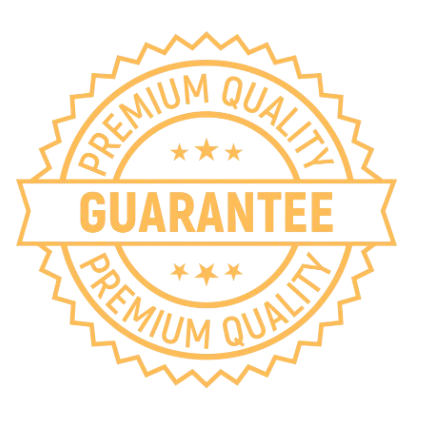
Premium Products, Guaranteed Performance
We install top-tier solar panels, inverters, and battery systems from leading global brands. Our products are built to withstand Australian weather and deliver long-lasting performance, backed by comprehensive warranties.

Brand Image and Sustainability
Going solar not only saves you money, but it also makes your brand look better when it addresses the environment. Customers, along with additional stakeholders like businesses that want to use less energy and migrate to clean energy.

Energy Independence & Stability
Solar energy makes you less reliant on the grid, which protects your business from unexpected blackouts and rate hikes, making sure that everything runs smoothly all the time.

Expert Local Installers
We are Standards Australia Approvals (SAA)-certified, and in-house installation teams work across New South Wales. With years of local experience, we handle everything—from permits and grid connections to final inspection—with professionalism and care

Unmatched 24/7 Support
As a comprehensive solar provider, we offer continuous help, support, and maintenance throughout the entire lifespan of your system.
What's We Included In Your Solar Panel Installation?

Free Site Assessment And Energy Analysis

Custom System Design And Proposal

Supply Of High-Efficiency Solar Panels And Inverter

Professional Installation By SAA-Accredited Electricians

Assistance With Rebates And Incentive Claims

System Monitoring Setup And Customer Training

Industry-Leading Warranties

Ongoing Technical Support And Maintenance Options
We Install CEC Approved Popular Solar Panels In Australia







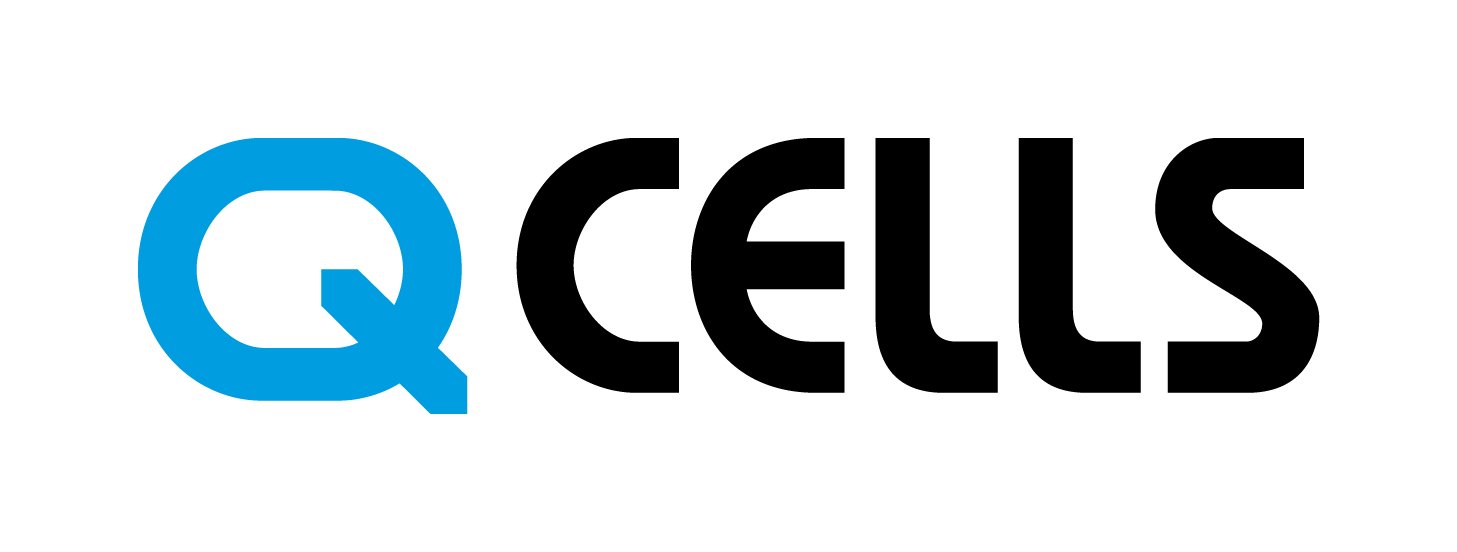
- SunPower Solar Panel
Known for being very efficient and lasting a long time, making it perfect for both homes and businesses.
- Trina Solar Panel
Known for being reliable and providing high energy output at a low cost.
- REC Solar Panel
Delivers robust performance and an excellent warranty, making it a trusted choice for residential and commercial applications.
- Longi Solar Panel
Famous for its modern monocrystalline technology, which makes this very efficient as well as having good significance.
- AIKO Solar Panel
Provides dependable performance with a lot of energy output, focusing on solutions that are both cost-effective and eco-friendly.
- Jinko Solar Panel
Provides reliable performance with a lot of energy output, focusing on solutions that are both cost-effective and eco-friendly.
- Canadian Solar Panel
Known for producing durable, high-performance solar panels suitable for various climates and applications.
- Q CELLS Solar Panel
This panel has cutting-edge technology that makes it very efficient and effective, so it can be used in homes and businesses.
